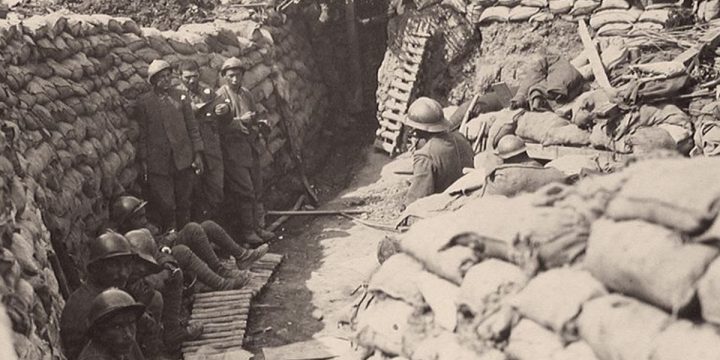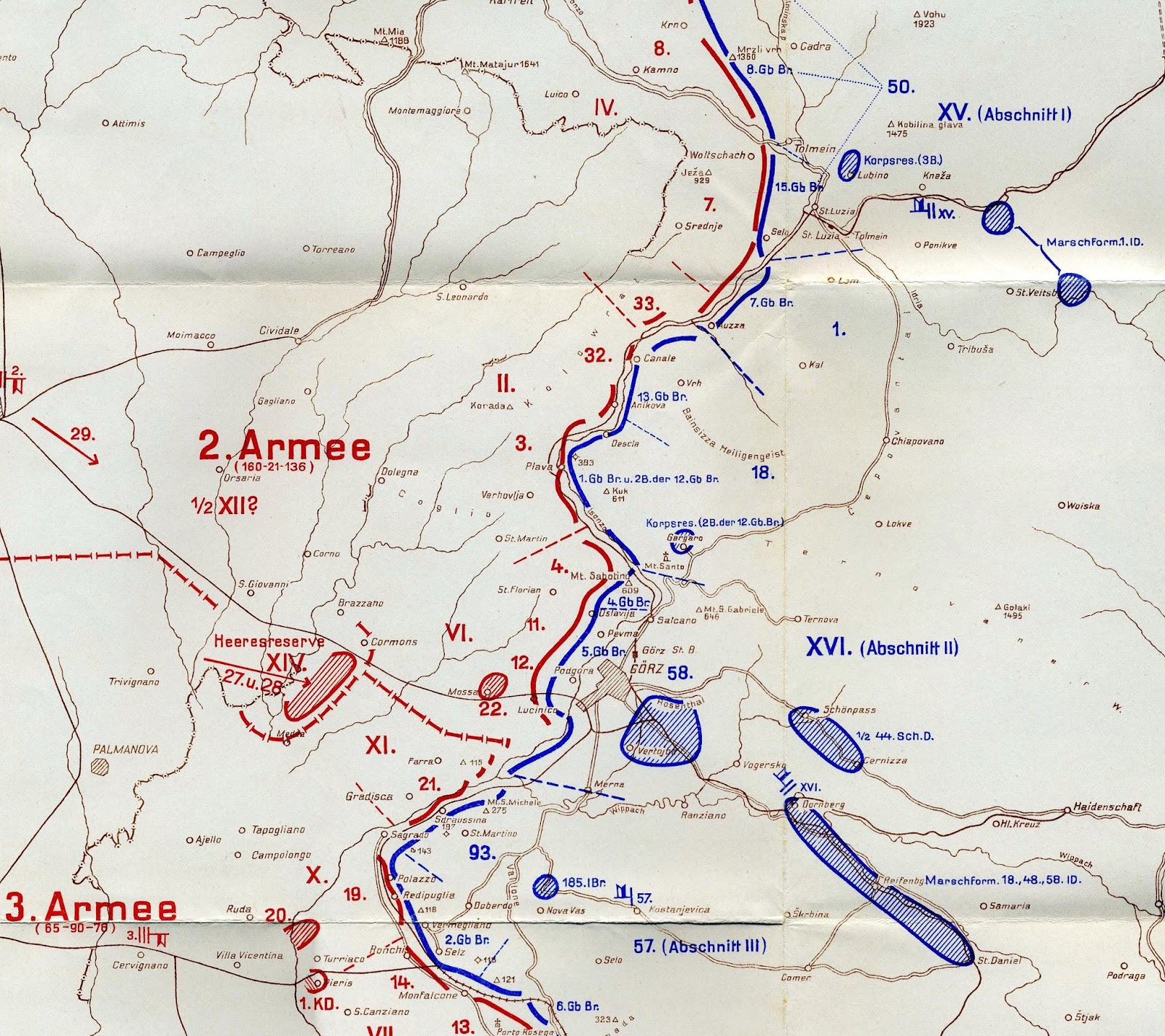
420 Notes on German Shells, second edition, (General Headquarters, 1918), reported from examination of the 18cm projectile that it contained 5.23 litres. 178 states that the projectiles for the 18cm Projector contained 12-15 litres of liquid gas but the British manual, S.S. 420 Notes on German Shells (Second edition), General Headquarters, 1918, p. Oktober 1917’ in Militärwissenschaftliche Mitteilungen, 65. Heydendorff, ‘Der Gaswerferangriff bei Flitsch am 24. Hanslian cites as his sources Friedrich Seesselberg, Der Stellungskrieg 1914-1918, (E S Mittler and Son, Berlin, 1926) and W. This account is drawn from Rudolf Hanslian, Der Chemische Krieg, (E S Mittler & Sohn, Berlin, 1937), pp. The Italians had failed to create an in-depth defence and, within a few hours, the break-in developed into a break-through.Ī small cavern in the ravine in which the gas victims were caught is now a monument. The absence of any resistance on the left flank of the Austrian attack enabled the whole Bovec valley to be taken with remarkable rapidity. The rest were in attitudes indicating sudden death. Only some had managed to put on their masks, after the bombs had landed amongst them. The rest of the garrison, 600-800 men, were all found dead. Battles took place in the north-eastern portion of Italy, from the Trentino on the left, along the Carnic and Julian Alps, then down the line of the River. Italy launched an attack on the Austrian lines on June 23 hoping to dislodge. Just a few isolated Italians remained alive but badly injured. The central powers won the Battle of Isonzo that was fought during 1915- 1917. The Pioneers found the ravine clear of phosgene but the dense concentration of highly poisonous gas had done its work perfectly. They encountered no resistance, just some weak machine gun fire from the far side of the Soča river. The gassed area to the south was assaulted by 140 Storm Troops from the 35 th Pioneers. The Austro-Hungarian infantry attack was launched north of Bovec at 9am, seven hours after the gas attack. The shoot plan on a modern satellite photograph, showing the ravine behind the Italian lines targeted.

The pioneers then attempted to re-lay the projectors and reload them with explosive bombs, but owing to the gas and barrel bursts, they were only able to fire 269, between 6.30am and 8.30am. Twenty-nine projector barrels burst and seven pioneers were affected by gas 47 failed charges were fired 35 minutes later. Of the total installed, 894 could be made ready for firing, and 818 bombs hurtled into the gorge filling it with about 6.5 tonnes of phosgene gas. In flight, the bombs emitted a trail of sparks and made a loud whirring noise, before bursting with a sharp detonation, producing a thick white cloud. The simultaneous discharge was accompanied by a sheet of flame and a loud explosion. The artillery gas bombardment began at 2am on 24 th and the projectors were fired electrically five minutes later. From Friedrich Seesselberg, Der Stellungskrieg 1914-1918, (E S Mittler and Son, Berlin, 1926), p. Tenth Battle of the Isonzo, May 12 through June 8.The shoot plan for the projectors installed between Bovec to the north and the Soča (Isonzo) river to the south. Ninth Battle of the Isonzo, November 1 through 3, Casualties: Italian: 39,000 Austro-Hungarian: 33,000

Seventh Battle of the Isonzo, September 13 through 17Įighth Battle of the Isonzo, bombardment September 30 infantry October 9 through 12 Sixth Battle of the Isonzo, August 6 through 17 Third Battle of the Isonzo, October 18 through November 4įourth Battle of the Isonzo, November 10 through December 14įifth Battle of the Isonzo, bombardment March 11 infantry March 13 Second Battle of the Isonzo, July 18 to August 3. He was transferred to the Italian Front soon after Italy entered the war.įirst Battle of the Isonzo, June 23 through July 7. At the beginning of the war Boroević served on the Russian Front, where he lifted the first siege of Przemyśl. The Twelth and final battle was a German-Austro-Hungarian offensive, and a disaster for the Italians.Īustro-Hungarian forces on the front were led by General Svetozar Boroević. Italian Commander in Chief Luigi Cadorna mounted eleven Battles of the Isonzo River along the Italian-Austro-Hungarian border in northeast Italy. Our outposts are 25 Km from Trieste - give them powerful weapons for the last rush, by subscribing to the National 5% Loan Consolidation.Other views: Larger

I nostri avamposti sono a 25 Km da Trieste - date loro armi potenti per l'ultimo sbalzo, sottoscrivendo al Prestito Nazionale Consolidato 5%.


 0 kommentar(er)
0 kommentar(er)
